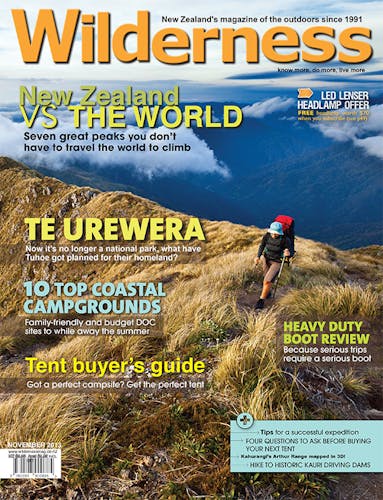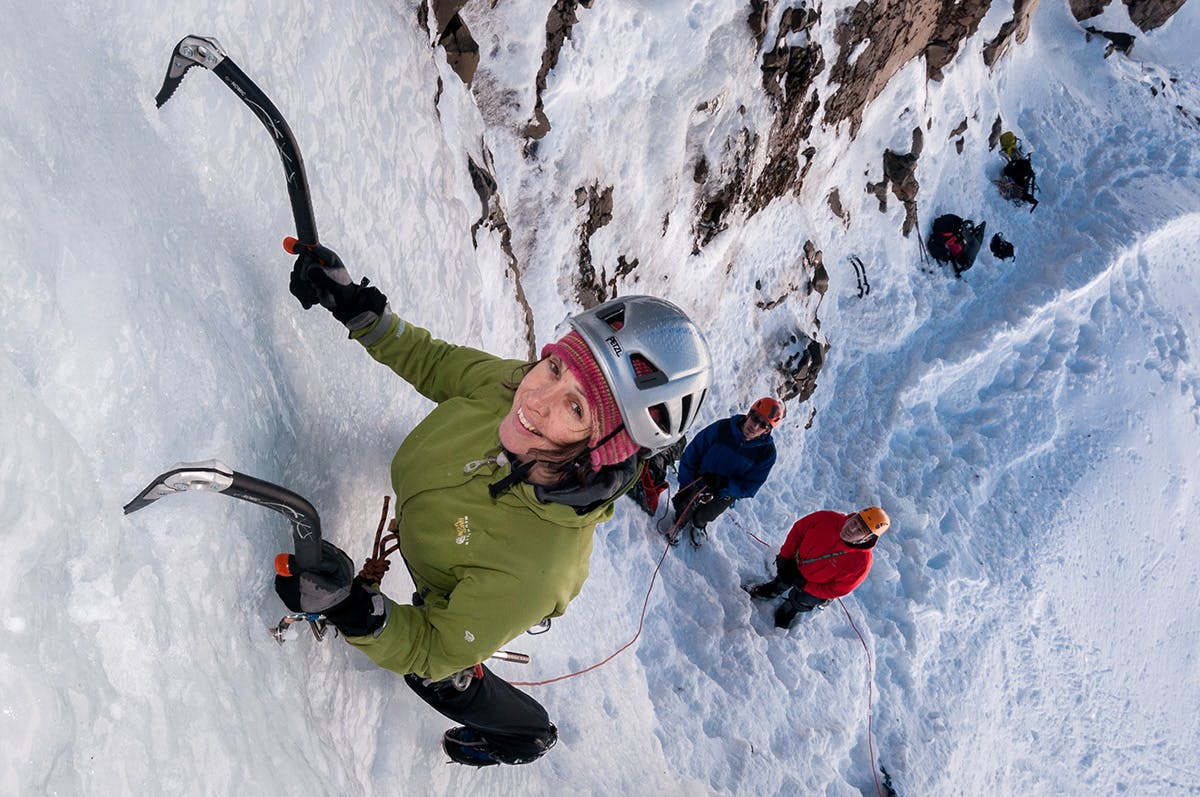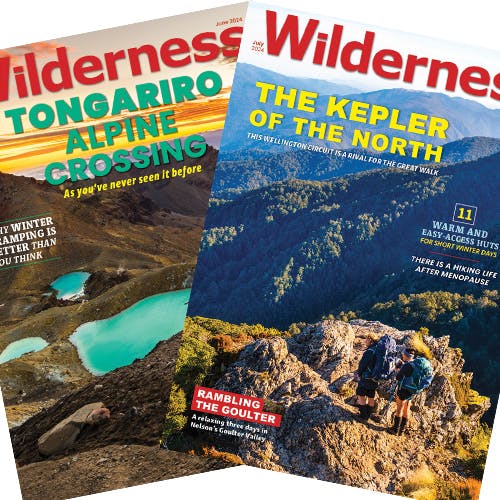Remarkables Ice and Mixed Climbing Festival award winner Diane Drayton is a uniquely courageous athlete as Fraser Crichton discovers
Nocturnal pine tree climbing with ice axes and crampons may sound an unusual approach to training for ice climbing, but for Diane Drayton Wellington’s town belt has been a hugely successful training ground.
Drayton won this year’s hardest women’s repeated climb at the Remarkables Ice and Mixed Festival. In 2012 she won the women’s hardest new climb award.
Significant achievements for anyone, but for someone who broke her back in 2004, it’s extraordinary.
Drayton’s accident left her right leg partially paralysed, she’s worn a series of prosthetic braces ever since and her ability to walk long distances with a heavy pack has been impaired.
A typically understated climber, Drayton attributes the support of family and friends for her achievements. “People take the barriers away,” she says. The person she credits most, and one who regularly carries her pack, is one of New Zealand’s best ice climbers Jono Clarke.
The Wellington based Rope Access Technician is a New Zealand Alpine Team coach who mentors young Kiwi alpinists.
Clarke was with Drayton at the North Island’s popular rock climbing area Whanganui Bay in 2004 when Drayton fell 15m from a rough walking track into Lake Taupo. “I was about 10m ahead of her and I suddenly heard her scream, the trees crashing and a splash, and then I just heard this awful guttural gurgling,” says Clarke. He found her lying partially submerged on rocks. He realised the worst when she said, ‘I can’t feel my foot, I can’t feel my legs.’
Drayton spent six weeks recovering in Waikato Hospital and a further nine months gradually learning to walk again; first with a frame and then with crutches.
She first began climbing in 1997 and has travelled to Europe, the United States and Peru. Six months after her accident she was back at the local climbing gym. Did she ever think about stopping? “I did, but I didn’t have anything else to do,” she says.
Clarke was instrumental in encouraging Drayton. “She mistakenly thought she was never going to go rock climbing again,” he says.
Drayton says Clarke is a natural mentor: “He knows how to get people to do things they don’t think they can.”
The first time the pair went back to Whanganui Bay after the accident, it took Drayton three hours to pack her bag. “I kept crying and I thought I was going to die, but I got 20 texts from Jono making silly jokes.”
While Drayton’s confidence was badly shaken by the accident, she says she is climbing harder than ever before.
There is no complete recovery from a spinal injury like Drayton’s. There is a time limit on her ability to continue climbing and it takes guts to continue battling her injury with physiotherapy. She says climbing steep ice momentarily frees her from her injuries. “I notice them walking around, but when I’m ice climbing they don’t matter. I just totally forget and I climb.”
She competes not for glory, but as a genuine battle against things she is not supposed to be able to do.







